Winter Solstice Victory ride at Live Oak

By Pat Fish
The view we love, looking out from the Live Oak trail toward Lake Cachuma on the horizon.
The Horse and Mule Trail Riders in the 805 MeetUp was proud to organize a Winter Solstice celebratory ride to commemorate the recent judicial decision to return the Live Oak trails to EQUESTRIANS ONLY !
I did my part by drawing the logo above, and a small and persistent group of riders never gave up on turning back the agenda of the bureaucrats who wanted to open the trails to bikes. It will now remain the ONLY trail system in all of Santa Barbara and Ventura counties dedicated to use exclusively by equestrians.


Anderle, by far the most experienced Santa Barbara judge when it comes to environmental law, shredded the county’s argument that the project was exempt from environmental analysis because it fell within the purview of a major planning document on Lake Cachuma and its environs authored 12 years ago.
Anderle took pains to praise the legal briefs filed by both sides over a dispute that he characterized as having been contentious and acrimonious. If anything, he understated the heat of the battle. Last January, county planners issued what’s known as a “Notice of Exemption,” meaning that the project — opening up the trail to multiple uses — would not be subject to an EIR. If anyone objected, the county argued, they had 35 days to act.
Anderle mocked county arguments that the pertinent documents had been posted on a clipboard and placed on a table that was visible from the front door of the Administration Building. “The public’s right to challenge an action … cannot depend on their ability to peer through a glass door to read a clipboard lying flat on a table,” the judge ruled.
For equestrians the issue is simple. In two entire counties this is the ONLY tiny trail system that we can ride without fear of being run down or smashed into by mountain bikes. When the “Pilot Project” was announced it was under the guise of an equity and inclusion agenda, saying everyone should be able to have access to all trails. But bikes can go on every other trail, many of which have now become simply too dangerous for equestrian use.
Today we rode out with a Grandfather who was patiently and carefully teaching his tiny Grandson to ride. He had a lead rope running over to the second horse, and his Grandson was a brave lad and obviously determined to live up to expectations.
But it turns out they’d been out riding the day before, and sometimes the tiny cowboy needed to get off and walk. Anyone who has experienced sore muscles from riding can be empathetic.
Now, imagine a mountain biker with headphones in their ears blasting death metal careening at top speed around that corner, potentially spooking the horses and running over the boy. It is to prevent such dangerous “conflicts among trail users” that a very persistent group of us have been giving testimony at zoom meetings and in person. And for now, we have success.
And little Jameson never quit, although sometimes he got so slow walking that his Grandpa would hoist him back up in the saddle so they could keep up with the group.
The biggest change in Live Oak over the past decade is the death of such a large number of the venerable oaks. Ones like this that mark crossroads are struggling, and out on the plateau many are collapsing. We stick to the trails and tread lightly on the land.
It is my tradition to take portraits of everyone at the first overlook from which we observe Lake Cachuma.
Here first are today’s very special riders: Grandpa Terry Brown on Sweetheart the Halflinger and Grandson Jameson Dzamba on Sneak the sorrel Quarterhorse.
CC Beaudette-Wellman on Woody the senior Quarterhorse/Paint
Jamie Buse on Mosca the Appendix Thoroughbred
and of course your author, Pat Fish on Tobe the Rocky Mountain mule
From there we proceeded on the winding trail down to the plateau.
Looking out inland you see pure California, no one home except some cows belonging to the Rancho San Fernando Rey and the wild creatures. As we slowly move by at 2.3mph the calm expanse of landscape leading up to the horizon refreshes the soul.
This sentinel stump marks a fork in the trail, leading off to the left to the riverside or to the right to the larger plateau. In the decades I have been riding here this hollow standing trunk gets smaller every year, among so many ghosts of trees I never knew.
The trail leads out onto this large open area, where we often see the resident cattle and bucking horses.
Today Tobe and Jamie both riveted on movement in the distance, close to the lake edge
a herd of deer, always such a please to observe, unconcerned about us this far away.
We chose to go only as far as an intersection where sometimes we continue on, committing to a 10 mile ride. But today since none of us, including the animals, were sufficiently “legged up” we opted to turn around at the 3 mile point.
Much better to ride frequently than to try for an endurance goal. Good companionship and safety are always the paramount concerns.
As soon as we turn back toward the starting point all the animals get a spring in their step. Until that moment they’ve been conserving their energy, not knowing what they’d be asked to do.
After years of trails together Tobe and Mosca and Woody are very much at ease on forays into the woods.
So we amble along, careful to avoid ground squirrel holes in the dirt, recognizing familiar landmarks from previous rides.
It seems as if in just the time from one ride and the next more oaks are dead. The man who runs the cattle and horses here tells me he is very busy repairing the border fences, where falling limbs and trees have crashed down on sections of fence. He also said he’s been amazed at the number of times he’s found gates wide open or “closed” in such a way that was very ineffectual. Before hikers were allowed on the land horse riders did not stray onto the Rancho San Fernando Rey land, but now he knows people are going through the gates because of the “creative” ways they attempt to close the gates behind them. First rule of a cowboy: leave a gate like you found it.
Sometimes vultures take notice of us and circle hopefully above.
We are unperturbed. Bad enough when we descend back into the City we will have to deal with politics and pandemics. Out here we respect the laws of nature, and we are just visitors and behave with respect.
Directly ahead is the gate to the Chalk Hill, a steep descent, and we opted not to do it in consideration of Woody, who is 26 years old and deserves to go slow and get lots of cookies and not strain himself. We took the long way around, back the way we had come.
One last look out at the lake, and then it is onward to the parking area and then home. It is very visibly low now, with a “bath tub ring” on the cliffs on the sides. But more rain is coming, and we can always hope the drought will break.
Just a few years ago this view toward the South-East would have been obscured by a stand of ancient oaks. They are all reduced to dead logs now, a reminder of the fugitive beauty of all things.
Back down a slope I always think of as Bobcat Alley, remembering a magical afternoon when I was privileged to sit and watch a beautiful bobcat pouncing on mice or ground squirrels here.
One of the last turns of the trail, looking out across the now abandoned golf course and the 154 to the coastal mountain range beyond.
And a look up into the Live Oak Camp, that equestrians dream could become a world-class attraction bringing horse and mule riders from all over. Managed on the same paradigm as the Montana de Oro horse camps, which are reserved well in advance all year round, it could be a significant income source for the County and a boost to tourism in the Santa Ynez Valley and Santa Barbara. At present it is only rented for big weekend festivals like Lucidity and Reggae on the Mountain, and a few weddings, but with proper planning and the addition of pole paddocks on campsites it could be a big draw. IF, of course, it remains equestrian only.
A girl can hope! And meanwhile I will be riding here as often as possible and thinking positively that our jewel of a trail system will remain safe and serene.
So the organized horse and mule riders will be monitoring the Government activity, to see if they decide to spend tax dollars on an entire new EIR just to give bikers this last trail, or will they say leave well enough alone, keep it as it always has been.
Just wonderful.
Comments
0 Comments deleted by Administrator
Leave a Review or Comment
You must be logged in to post a comment.




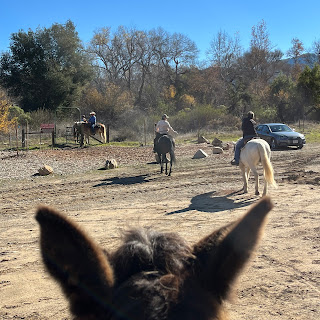
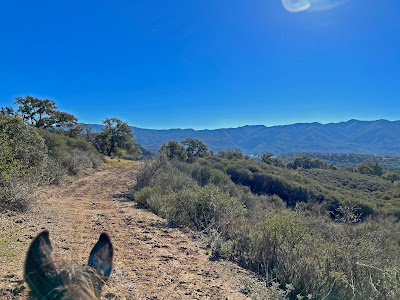
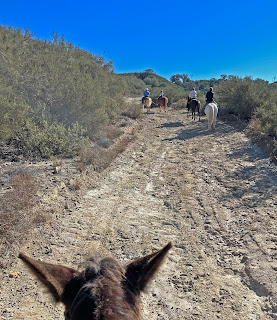
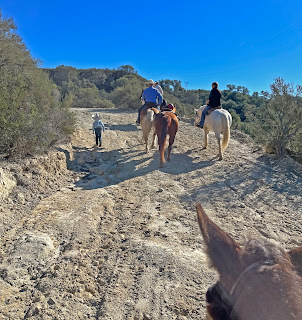
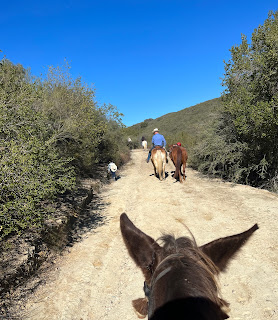
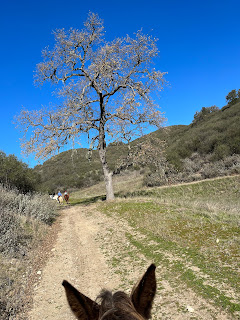
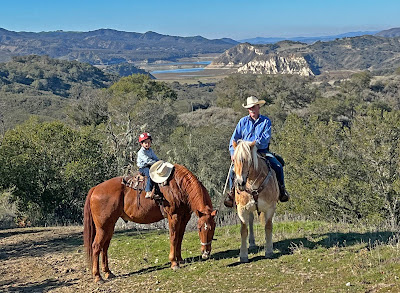


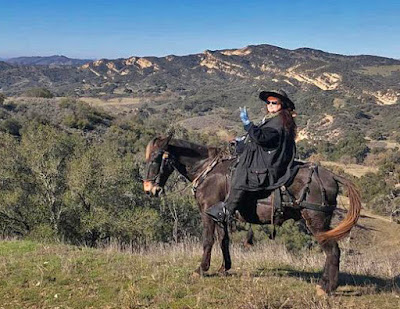
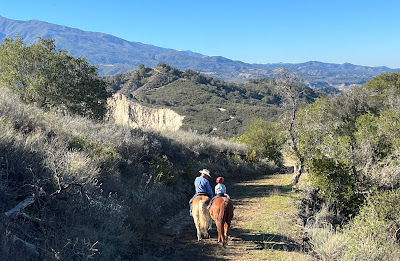
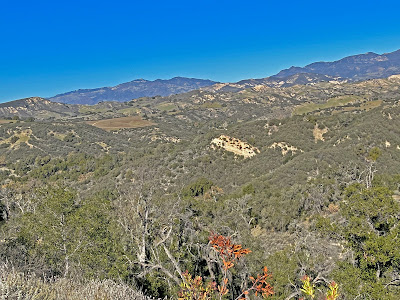
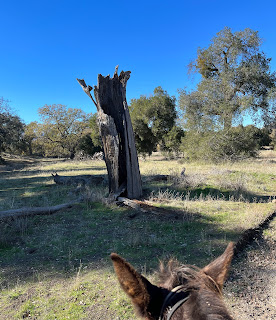
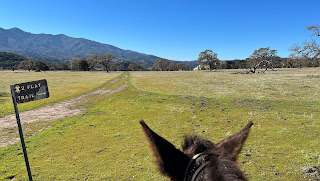
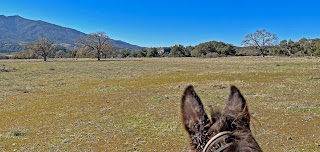

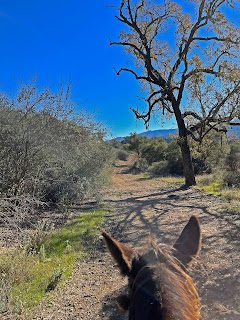
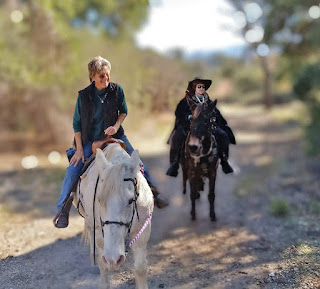
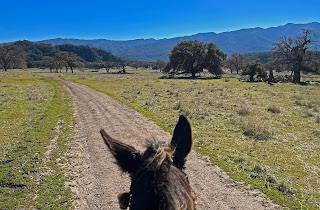
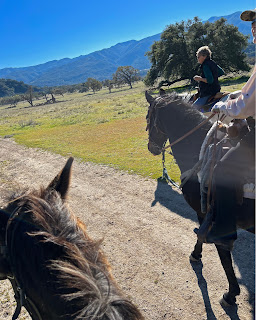
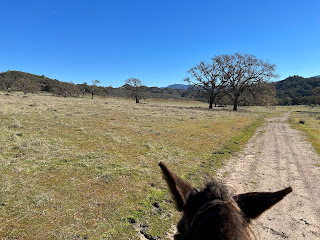
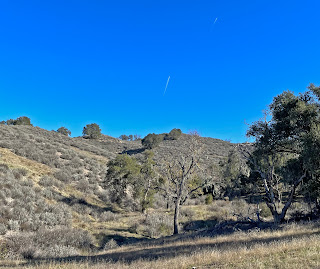
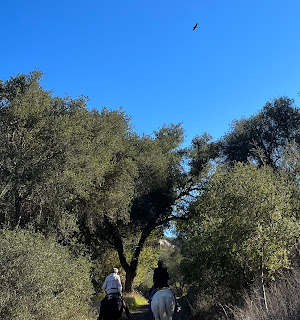
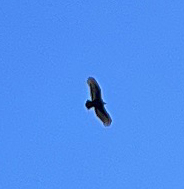
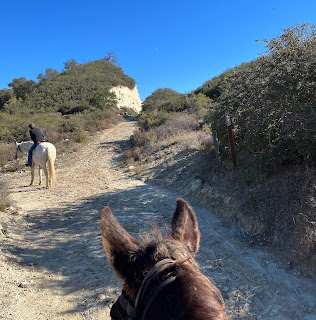
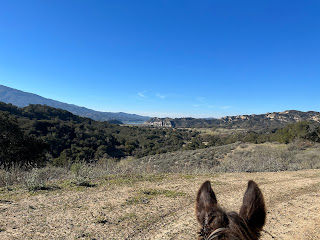
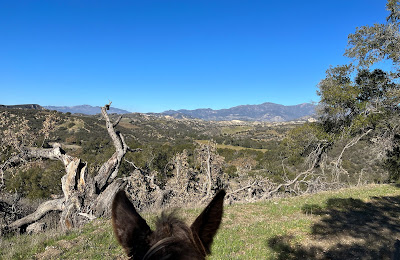
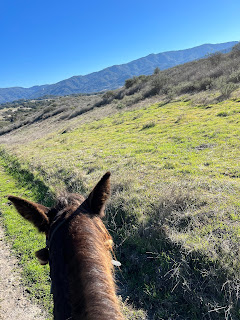
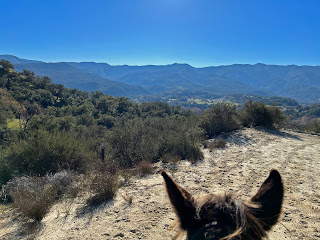
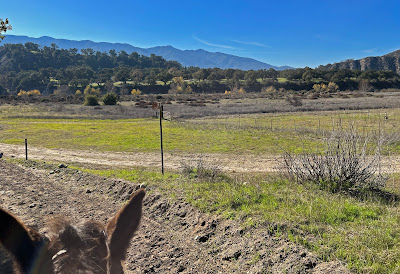












Unfortunately, most mountain-bike riders often completely ignore any “off-limits” signs and simply ride wherever they want. I know that we used to pretty much disregard any signs that said that bikes were not allowed. Once in a while we’d come across some folks riding horses, but for the most part they were pretty cool and didn’t shame us. A couple of times we were stopped by Fish & Game and once by a Country Sheriff. Each time we lied and claimed not to know what we were doing was wrong, and they just simply let us go with a warning. I now realize that we were a potential danger to those riders, especially those who didn’t know how to handle their horses (maybe some of them were riding donkeys…don’t remember). Anyway, for some reason people, especially younger folks, like to break/bend the rules, and that’s not going to change anytime soon. Always fun to recall the gool ‘ol days when there weren’t so many rules!